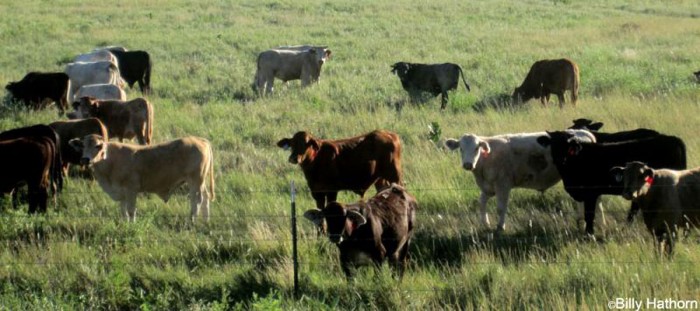As I visit with landowners across Texas, there is a common theme that eventually surfaces as we discuss the ins and outs of wildlife management. The question of whether or not landowners, particularly new landowners, should allow cattle to graze their property. I have yet to find a consistent answer applicable to landowners as a whole. My usual response is to first give careful consideration to the condition of the property, and secondly to take into account the landowner’s goals.
While today’s rural landowners in wildlife have the ability to actively manage their property without the use of the cow and the plow to maintain a favorable property tax valuation (Texas is currently the only state offering a property tax valuation for wildlife management), being in wildlife does not mean letting the land go wild. The need for ongoing management persists as land that is left alone can be quickly overtaken by invasive species, ultimately unusable to critters and problematic for humans.
A couple of weeks ago I had the privilege of visiting with a client in Lavaca County who made the switch from ag to wildlife in 2008. By removing cattle and allowing his property to rest for multiple growing seasons, he has seen an incredible recruitment of a mosaic of shrubs and native grasses creating ideal habitat for ground nesting birds such as bobwhite quail, as well as turkey, deer, and other wildlife species. By re-establishing native Texas grasses the landowner has reduced input costs and environmental impacts of cattle production associated with the use of exotic scientifically improved grasses that often require large amounts of fertilizer and herbicides. The rebound of native grasses has also created the perfect scenario for a beneficial rotational grazing program. Routinely grazing a property will continue to promote overall plant diversity while contributing beneficial bacteria and aeration to the soil.
This is a prime example of a property owner taking advantage of the increased options available through wildlife management. As we evaluated his property, I continued to reaffirm the importance of monitoring forage levels and the benefits of a rotational grazing program.
So, should farming and ranching be left to the farmers and ranchers, or should wildlife management property owners include grazing in their activities? In a nutshell, it just depends. The only absolute for a landowner is to always approach the answer with reverence for stewardship and careful consideration of the condition of the property and landowner goals.
Copyright 2010, Kasey Mock, Plateau Land & Wildlife Management

